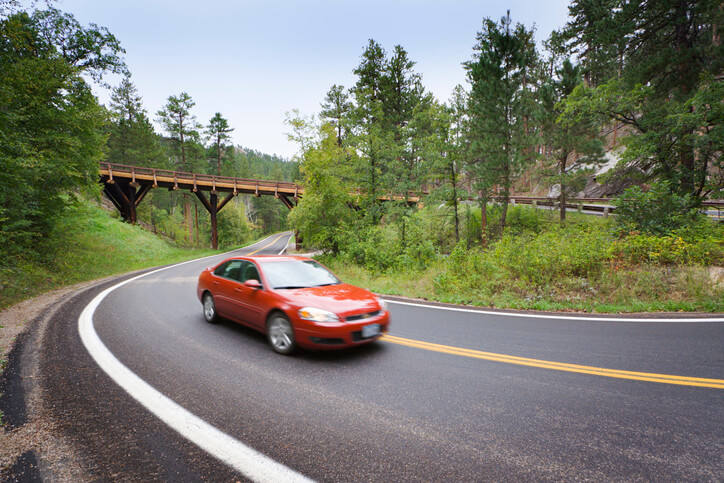It seems like each new year brings about some considerable changes to traffic and vehicle laws in the state of Arizona. Though the Grand Canyon State doesn’t have nearly as many annual traffic law changes as California, Arizona drivers are forced to make several new adjustments with each passing year. This new year brings plenty of changes to Arizona’s car and traffic laws. It is imperative that the state’s drivers be aware of these alterations and respond in the appropriate manner.
What Changes are in Store for 2017?
Arizona’s law changes make red light and speeding cameras optional for towns, cities and counties. Each town/city is empowered to decide whether such cameras will remain in place or be removed. The residents of Tucson voted to eliminate these cameras. It is likely that many towns and cities throughout the state will soon follow suit.
Speed Limit Changes
HB 2032 permits counties and cities to increase or decrease the speed limits of streets positioned next to public park facilities. The old law stated that such alterations could only be altered on streets that are next to schools. This law is still in place yet it is further modified to apply to public park facilities as well as educational institutions. Pedestrians and motorists should both be hyper-cautious while traversing roads and walkways near public parks. Those who reside in neighborhoods near these facilities might take a while to adjust to the new speed limits. As a result, many will likely proceed well above or below the newly determined rate of speed. If you do get a ticket, you can dismiss it by taking AZ Traffic School online.
A new Law Just About Everyone can Agree On
Starting in 2017, the spouses and dependents of military members who perish in the line of duty will receive car registrations at no cost. You will be hard pressed to find anyone who disagrees with the spirit of this law.
Vehicle Illumination Laws
Functional vehicle lights will be mandatory in 2017. Each and every light on the vehicle must function without flaw. If the lights are inoperable, an Arizona police officer can pull the vehicle operator over and conduct a search. Though critics of this new law claim this power equates to harassment, the spirit of the law is to prevent accidents and consequently, preserve the health and well-being of Arizonans. It is also worth noting that the state has determined that police officers can use such stops as sufficient probable cause to perform a search of the vehicle. All Arizona motor vehicle operators should be aware that this style of search is admissible and legal in every regard. The bottom line is that the state has determined that the rights of police officers to safeguard the public trumps drivers’ privacy rights.
The Addition of Safety Corridors
The final week of 2016 and the beginning of 2017 brought about the designation of specific state highways as Safety Corridors. Expect law enforcement surveillance of wayward vehicles to be expanded in these areas. The purpose of designated specific highways as Safety Corridors is to decrease the number of vehicular accidents and consequently, the number of fatalities in areas that have egregiously high rates of incidents. These new Safety Corridors will be designated with signs so drivers can react in the appropriate manner. It is advisable to reduce the rate of speed, make use of signals and follow the letter of the law in these areas.
Traffic in the Context of Political Rallies
The state legislature determined that the penalty for preventing access to political events should be heightened from a class three misdemeanor all the way up to a class one misdemeanor. The aim of this law is to prevent vehicle operators from banding together to prevent freedom of expression. Anyone who attempts to hijack the right of way on Arizona roads or highways could face prosecution.

 Live Chat
Live Chat






